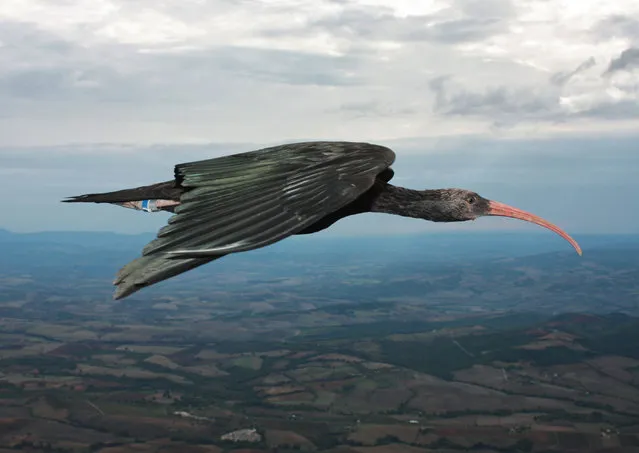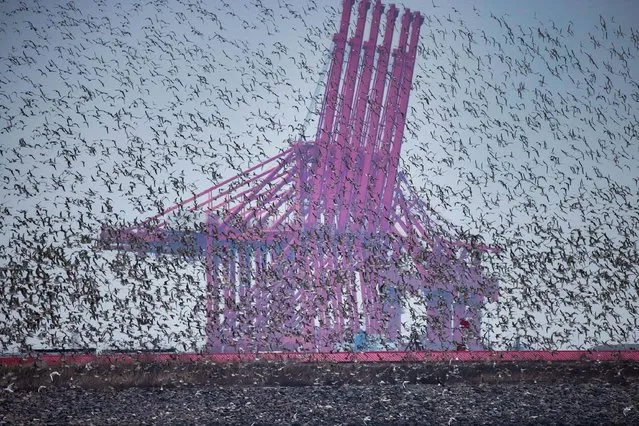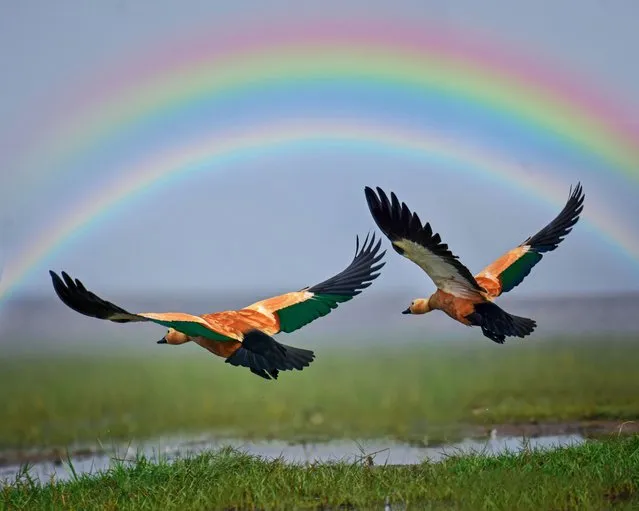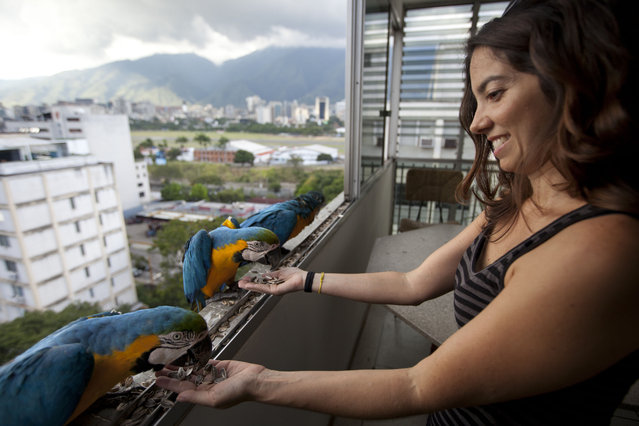
A man fires his pistol in the air during a celebratory rally after the United Nations approved a no fly zone over the country on March 18, 2011 in Tobruk, Libya. Libya declared an immediate cease-fire after the UN vote but reports indicate that Muammar Gaddafi's forces were still shelling two cities. (Photo by Joe Raedle/Getty Images)
19 Mar 2011 16:38:00,post received
0 comments







